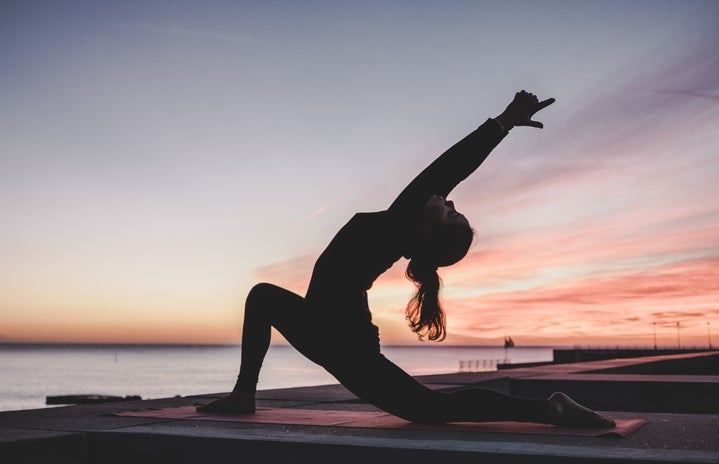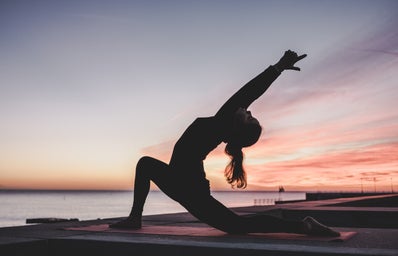Navigating the world of acne products is not unlike walking down the Vegas strip. “BLEMISH CONTROL”. “BLACKHEAD CLEARING”. “RENEWAL BOOSTING”. Flashy colors and promising phrases make it difficult to determine what you’re actually purchasing. The essence of these products, and their ultimate effectiveness, is in the active ingredient. Flip that bottle ‘round and throw on your lab coat, we’re getting science-y.
Acne Vulgaris is a medical condition characterized by clogged pores/blackheads (comedones), pus-filled pimples (pustules), or deep, inflamed bumps (cysts). Acne has four different contributing factors:
-
The oil-producing follicles (sebaceous glands) may become plugged and prevent the outer layer of your skin from shedding.
-
The skin may produce too much oil due to hormones called androgens, the most common of which is testosterone.
-
A certain bacteria may be present within the follicles and pores, Propionibacterium acnes (P. acnes).
-
Your own body’s immune system might not be working correctly, resulting in unnecessary inflammation or poor bacterial control.
https://www.pinterest.com/pin/130534089183342673/?lp=true
The following is a list of common topical over-the-counter active ingredients that might help in controlling those painful breakouts.
Salicylic Acid
https://www.molinstincts.com/structure/salicylic-acid-cstr-CT1002074727.html
This medication can treat current acne and prevent future breakouts, which contributes to its prevalence in drugstore beauty aisles. Salicylic acid (SA) is a type of hydroxyacid (HA) that penetrates the outer layer of skin. This molecule then interacts with keratin, a protein that helps give your skin structure. By softening keratin, SA promotes skin shedding. This drug also works as an antibacterial by inhibiting P. acnes from multiplying. Finally, this HA can prevent redness/swelling by slowing the production of inflammation-producing cell products.
If you’re interested in this ingredient, try Stridex Strength Medicated Pads.
Benzoyl Peroxide
http://www.chemspider.com/Chemical-Structure.6919.html
This is another very common ingredient in drugstore acne cleansers and spot treatments. This medication works by increasing the turnover of your skin cells, allowing new, clearer skin to come to the surface. When benzoyl peroxide is applied to the skin, it is quickly broken down and releases oxygen – which helps to kill bacteria. Some evidence suggests it may even prevent your oil glands from creating more oil. These mechanisms make this medication great for both comedonal acne and inflammatory acne vulgaris. Be careful of skin and hair bleaching, however, and be sure to use sunscreen as it increases your risk for UV damage.
If you’re interested in this ingredient, try Solimo Daily Acne Control Cleanser.
Retinoids (Adapalene 0.1%)
http://www.chemspider.com/Chemical-Structure.23164960.html
Retinoids are chemical derivations of Vitamin A, and the mainly work to renew your skin quickly enough to prevent new acne from forming. These work by entering your skin cells and binding to receptors that trigger the proliferation of new cells. Retinoids can also replenish the collagen in your face, making them great for plumping the skin. While most retinoids are prescription-only, the adapalene derivative is available over-the-counter. This very effective medication fights all forms of acne, not just comedones. It helps prevent scar formation and it evens out your skin texture. While adapalene is the most tolerable form of retinoid, initial irritation may still be present within the first few weeks of use.
If you’re interested in this ingredient, try Differin Adapalene Gel.
Hydrocolloid Bandages
(Cellulose) (Gelatin)
https://www.researchgate.net/figure/Basic-chemical-structure-of-gelatin_fig3_228037349
http://www.chemspider.com/Chemical-Structure.389834.html
With such increasing popularity, hydrocolloid bandages (colloquially referred to as “acne patches”) are certainly useful for active breakouts. These bandages are made up of many connecting molecules (polymers) like polysaccharides, cellulose, pectin, and gelatin, that form a kind of scaffolding. The bandage is placed atop a pimple and absorbs any pus, fluid, or oil. As the bandage absorbs the gunk, it also provides a moist which prevents obnoxious scab formation and promotes wound healing. In turn, this can prevent pimples (even ones you’ve been picking at) from scarring.
If you’re interested in this product, try Alba Botanica Acne Pimple Patch.
Now that you’ve got a good grasp on some over-the-counter options, review your current skincare routine. Ensure you aren’t double-dipping on the active ingredients – benzoyl peroxide spot treatment is only going to do so much if you’re also using a benzoyl peroxide face wash. As you adjust your routine, add one product at a time to make irritating products easier to identify. Your skin might be a little shocked using an entirely new cleanser, moisturizer, and toner. Lastly, don’t listen to the instructions on the back of the bottle. Companies want you to buy their product, so they might advise you to wash your face three times a day. If a product is causing some dryness, cut back to every other day or every couple of days before you totally nix it.
Happy skincare!



